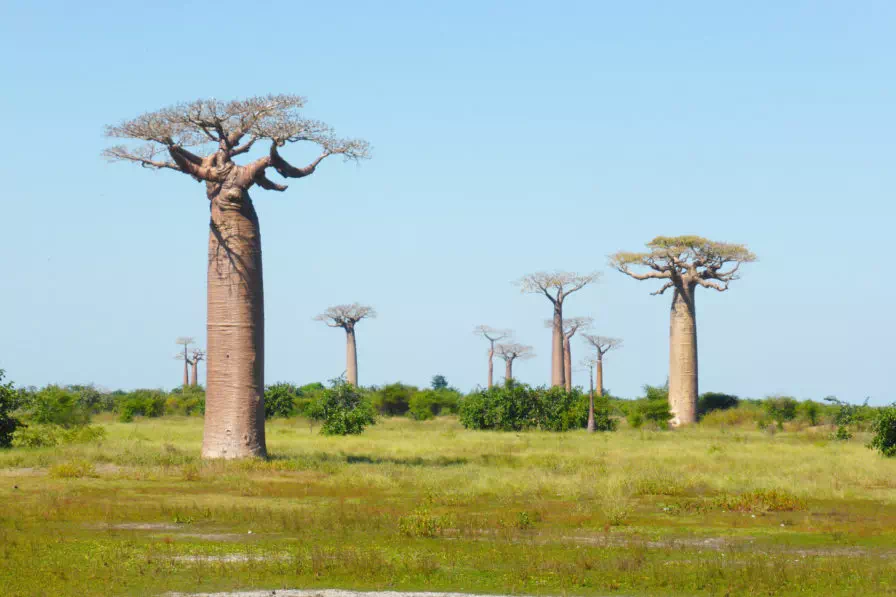Madagascar, located off the east coast of Africa, is a true natural gem. With its unique flora and fauna, the island is often referred to as “the island of natural treasures.” It is home to many endemic species, such as lemurs, chameleons, and baobabs, which cannot be found anywhere else on Earth. Madagascar’s tropical forests, mountain grasslands, and mangroves host a vast diversity of fascinating plants and animals. These natural riches also provide a wide range of medicinal plants and oils with exceptional properties.
Threats to Madagascar’s Biodiversity
However, Madagascar’s biodiversity is under threat from deforestation, illegal hunting, and the trade of wild plants and animals. Unfortunately, this also affects some valuable local plants used in the production of high-quality essential and vegetable oils. Fortunately, local and international organizations have taken steps to protect the island’s ecosystems and preserve its unique wildlife and flora while promoting the sustainable development of natural products, such as vegetable and essential oils derived from Malagasy plants.
Conservation Efforts in Madagascar
Conservation efforts in Madagascar include agroforestry programs to protect primary forests and the species that inhabit them, as well as initiatives to raise awareness among local communities about the importance of biodiversity. These initiatives also play a crucial role in preserving medicinal plants and oilseed plants used in the production of vegetable and essential oils. Additionally, Madagascar’s national parks, such as Ranomafana National Park and Isalo National Park, offer exceptional opportunities for hiking and wildlife observation while encouraging the ethical production of natural products.
Sustainable Tourism in Madagascar
Madagascar’s unique nature also attracts tourists from around the world, who come to explore the island’s beauty and discover its natural treasures, including locally produced essential and vegetable oils with unique properties. However, sustainable tourism is encouraged to minimize negative impacts on biodiversity, local communities, and the production of high-quality vegetable oils. This model promotes the responsible use of natural resources while supporting local producers.
Conclusion
Madagascar is a must-visit destination for nature lovers and biodiversity conservation advocates. Protecting the island’s unique wildlife, flora, and essential plants is crucial to ensuring their long-term survival. This includes preserving the plants and resources necessary for the production of high-quality vegetable and essential oils. By safeguarding these natural treasures, we contribute to maintaining Madagascar’s natural beauty for future generations while supporting sustainable practices in the vegetable oil sector.
 en
en fr
fr



